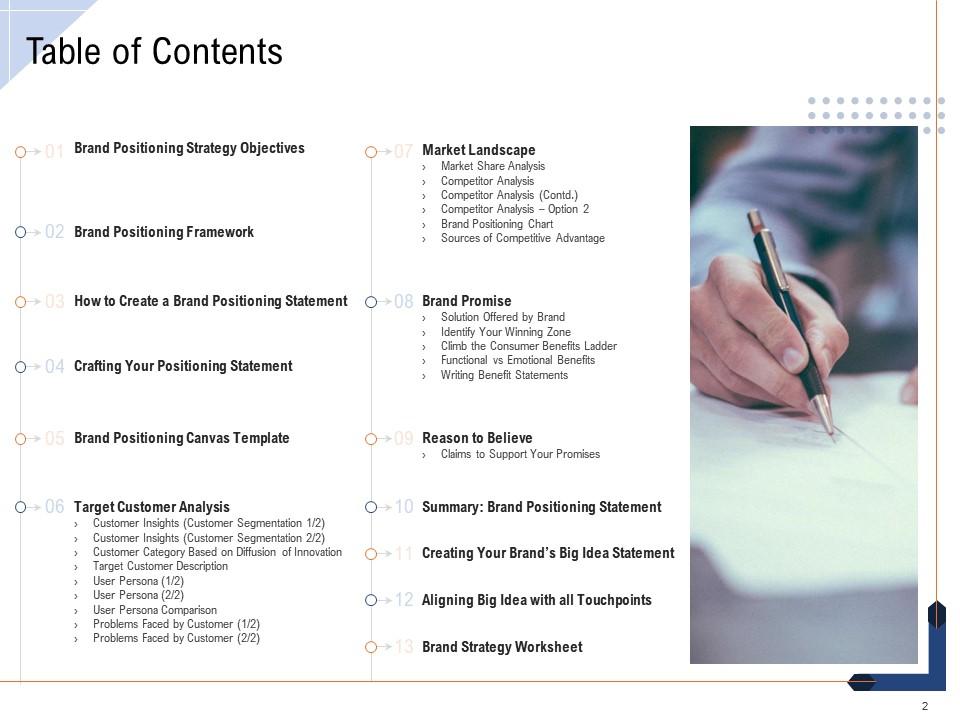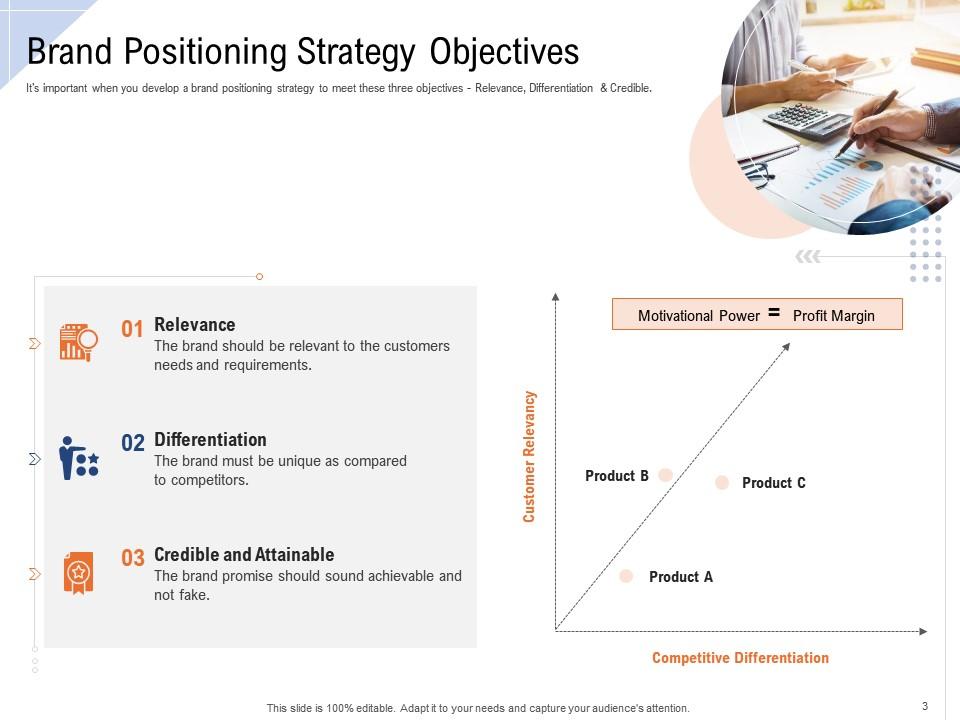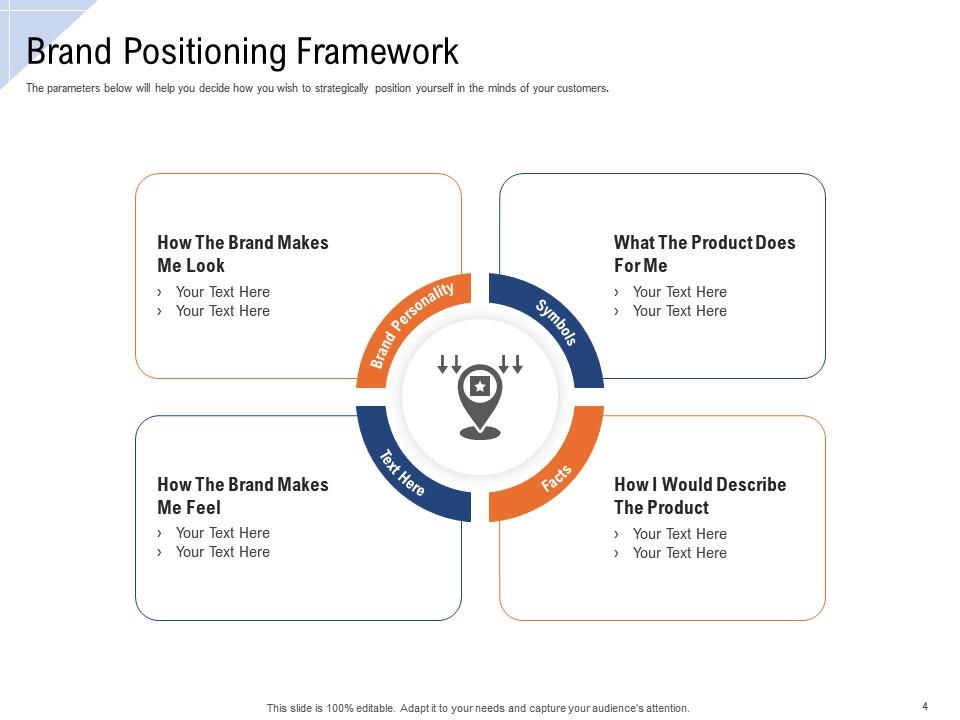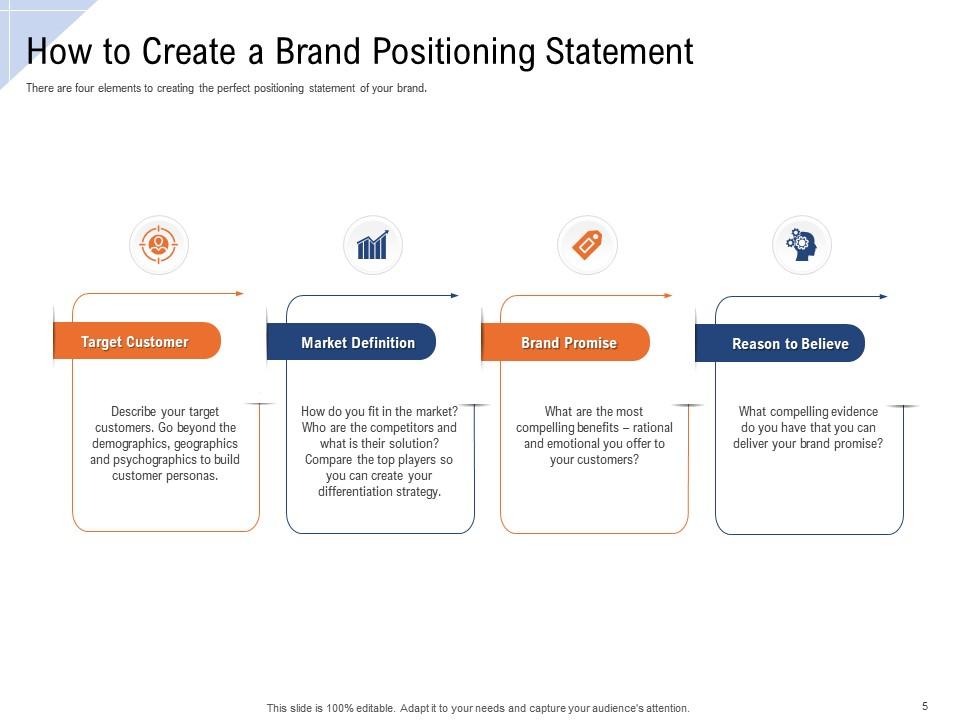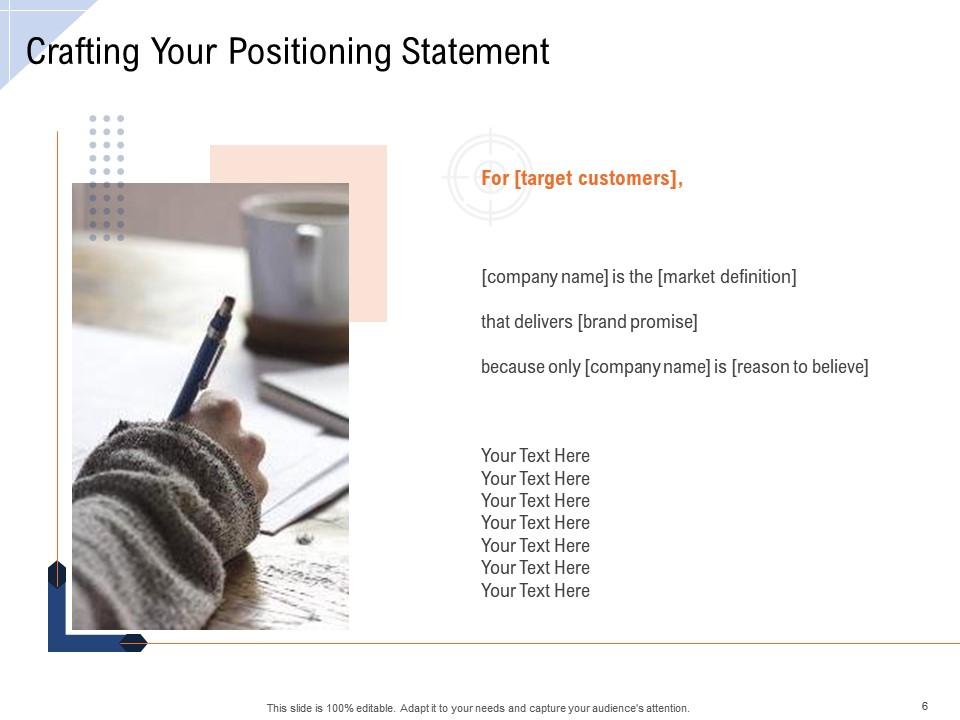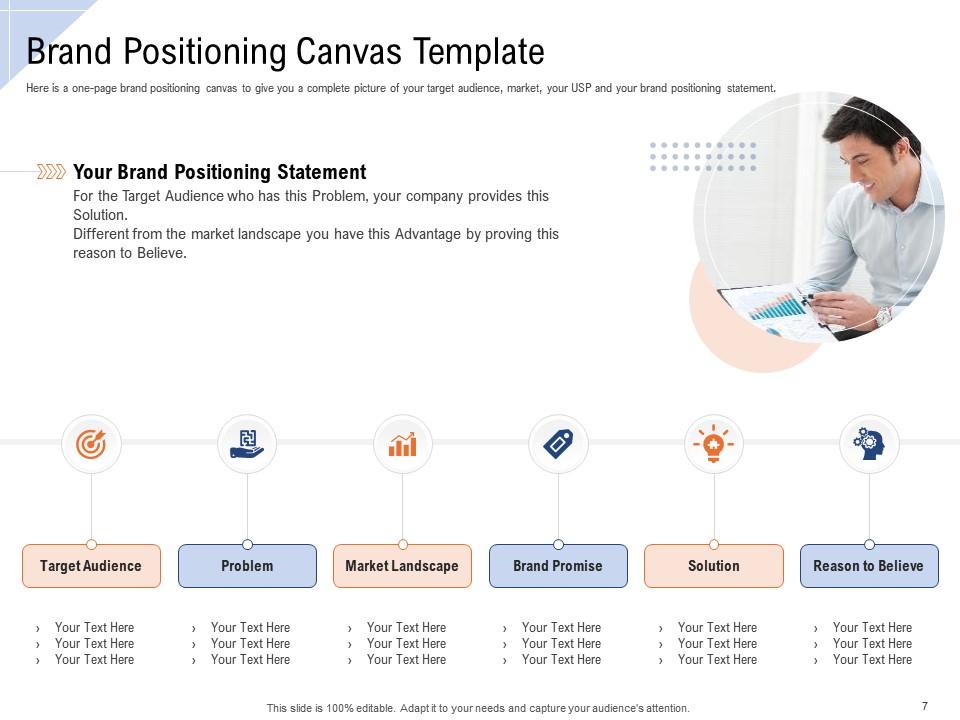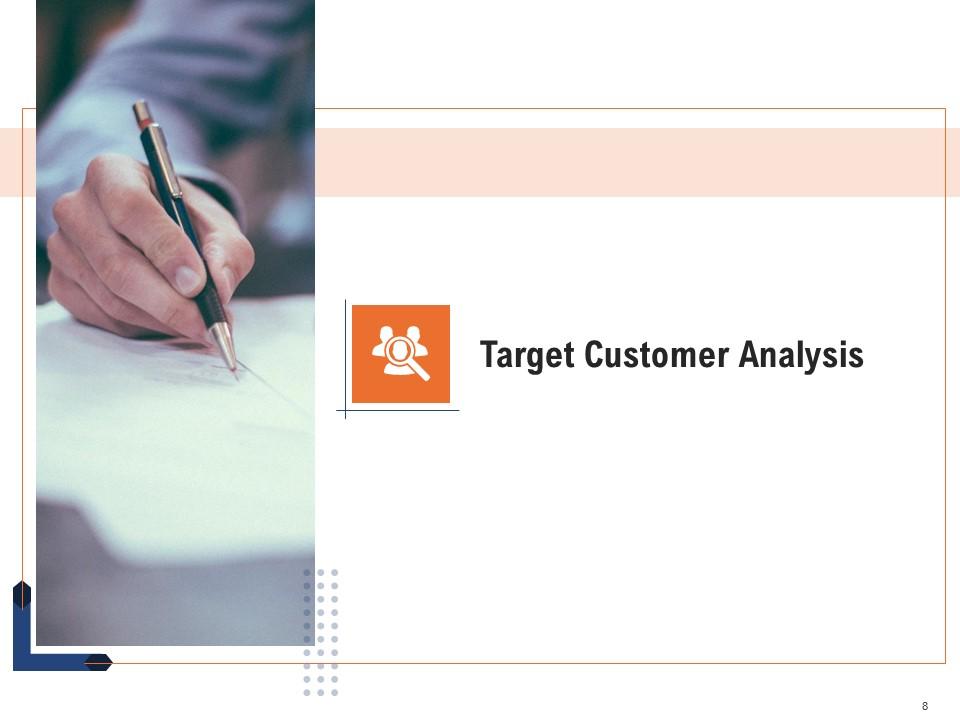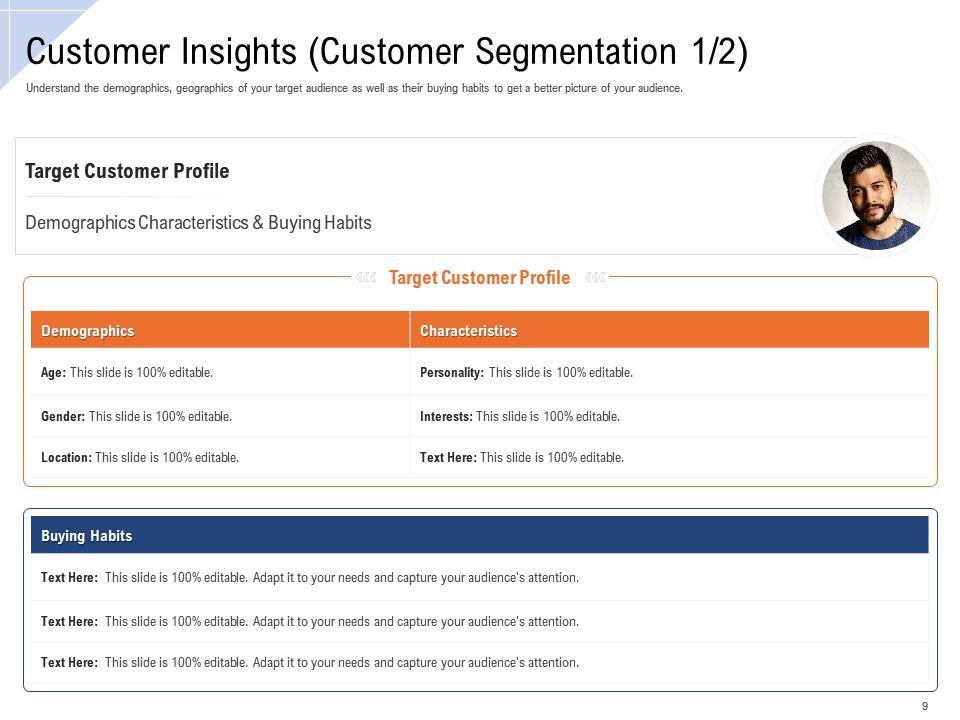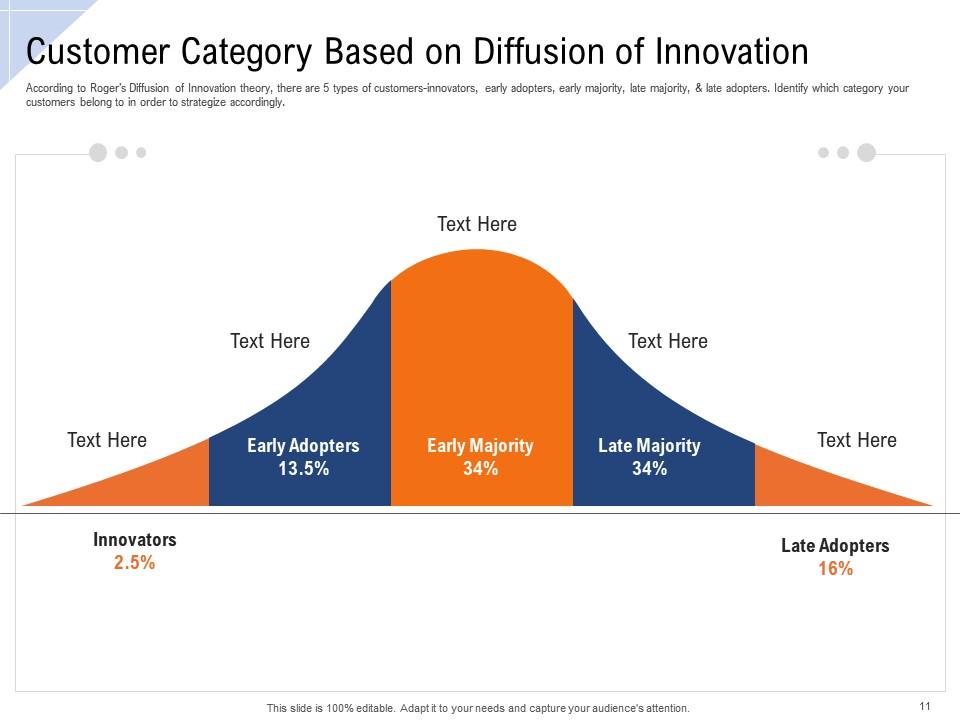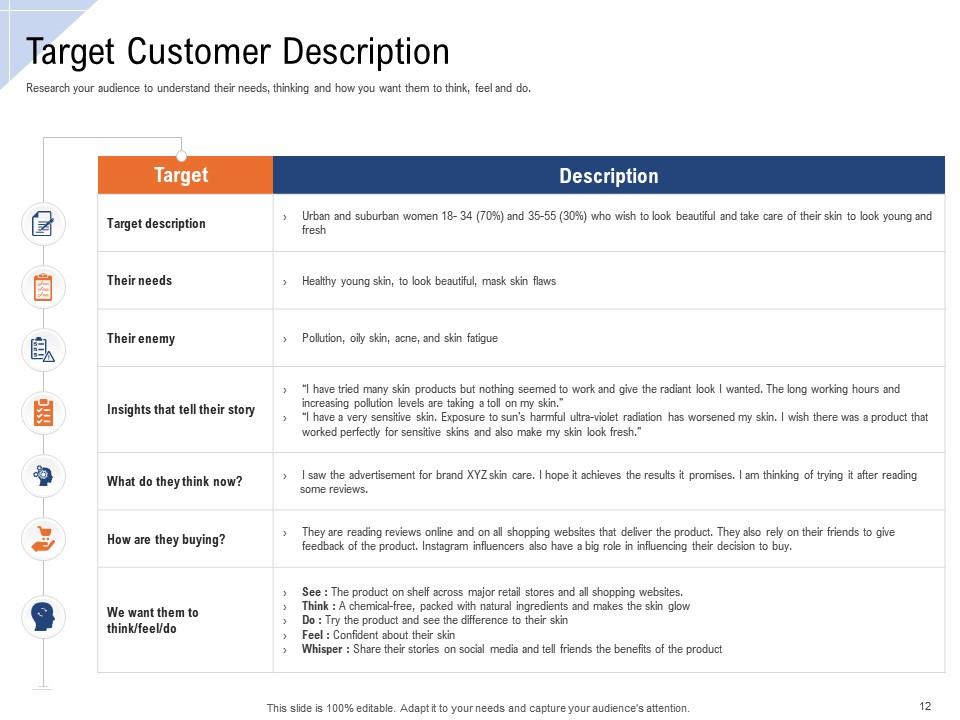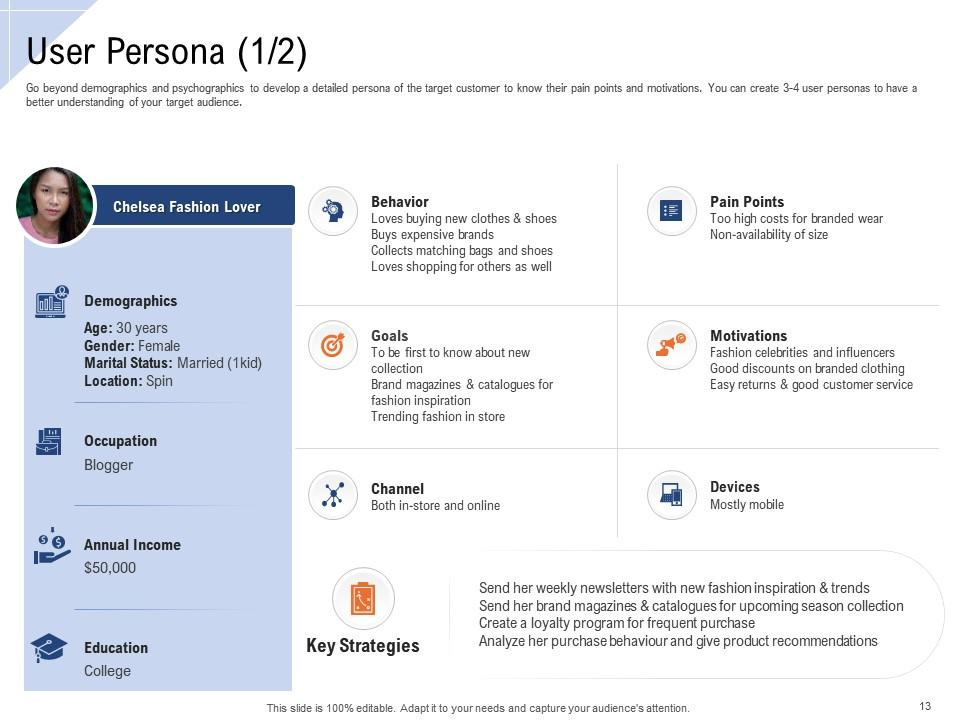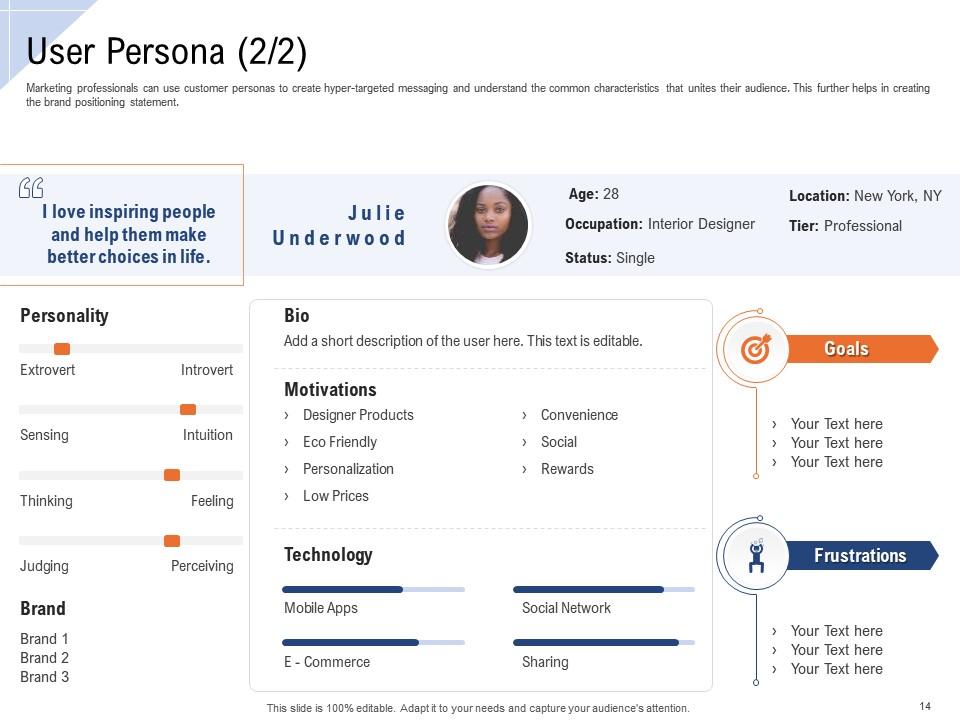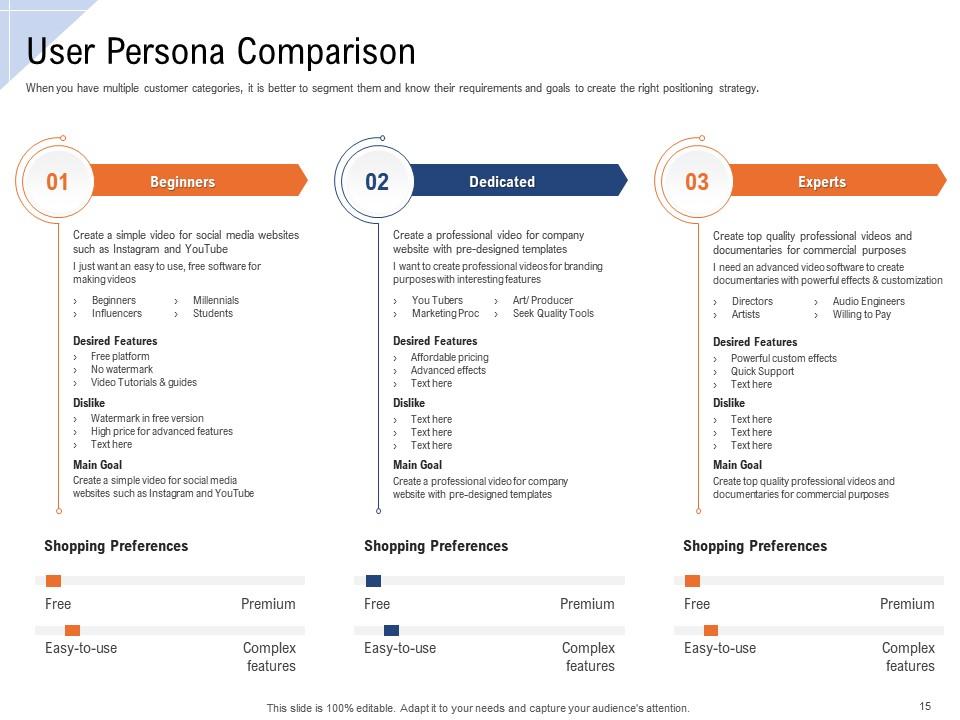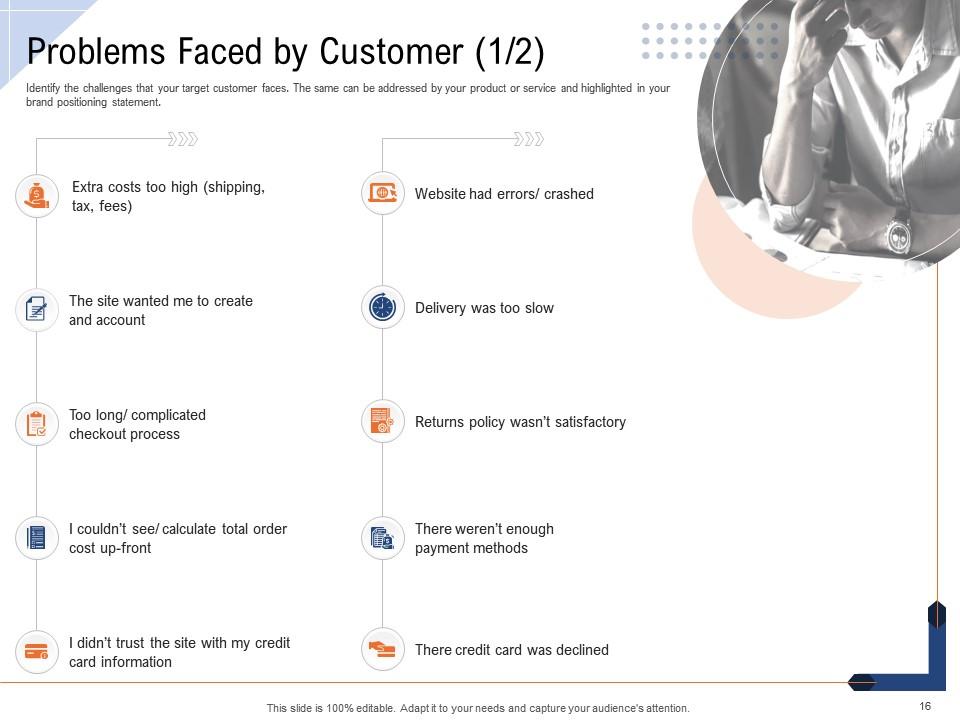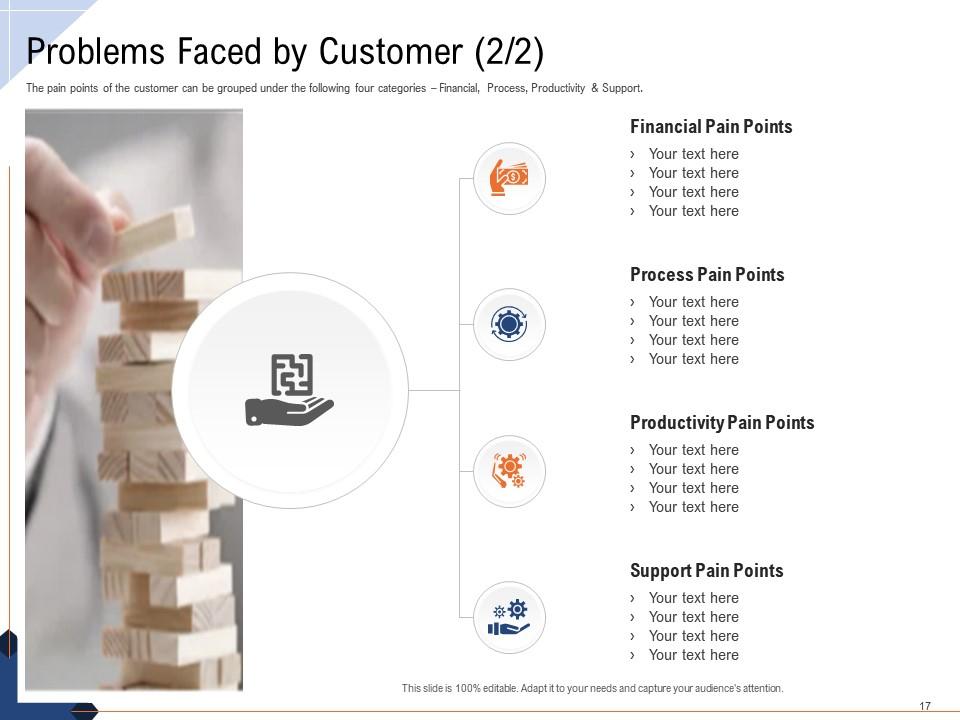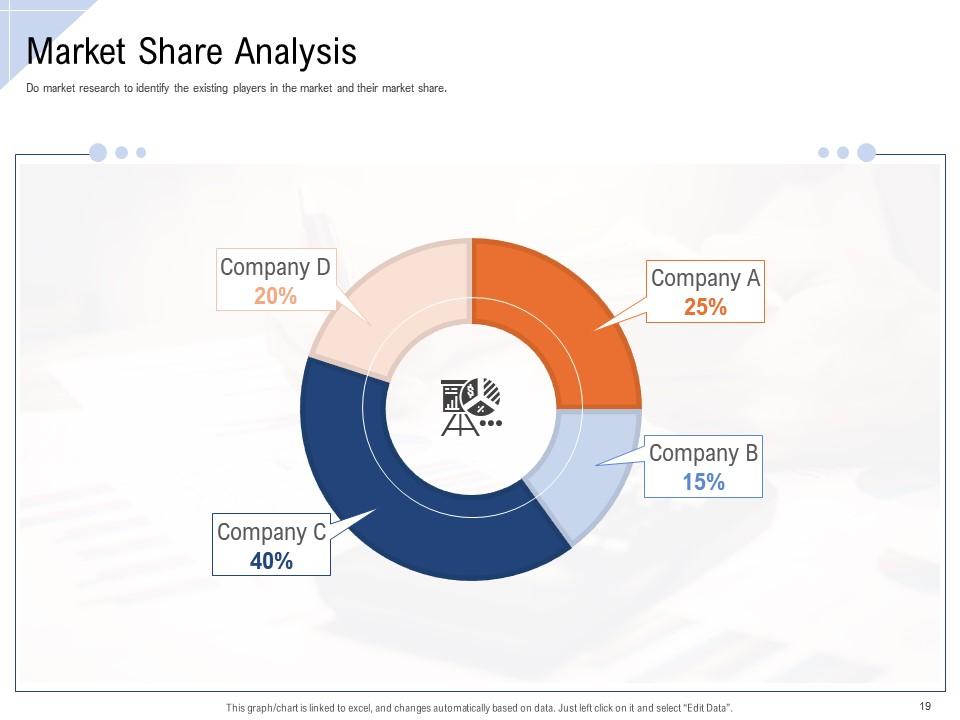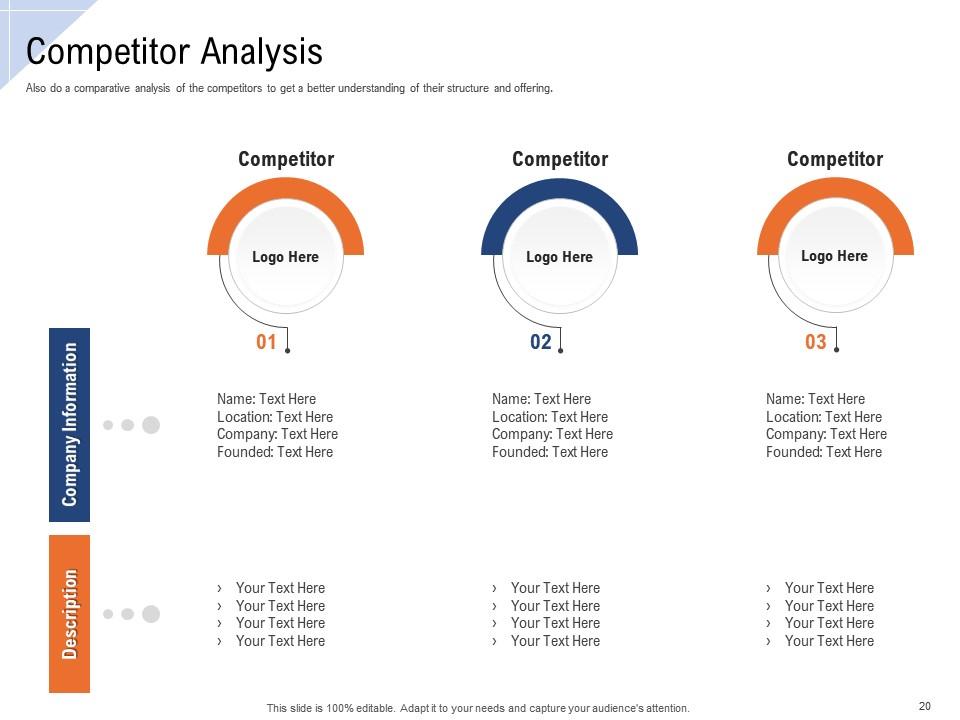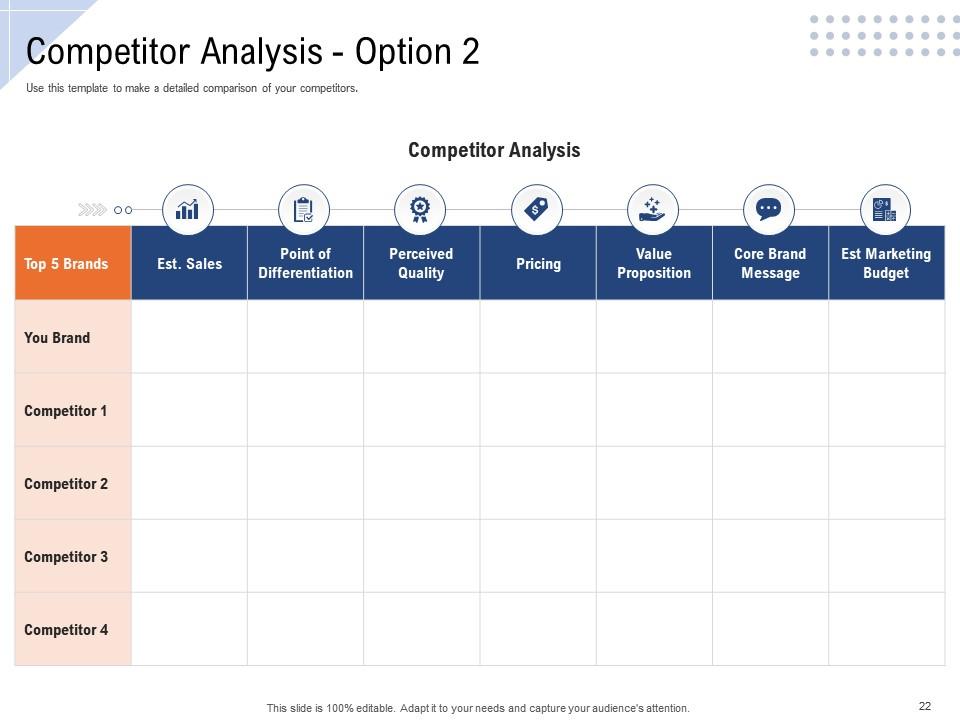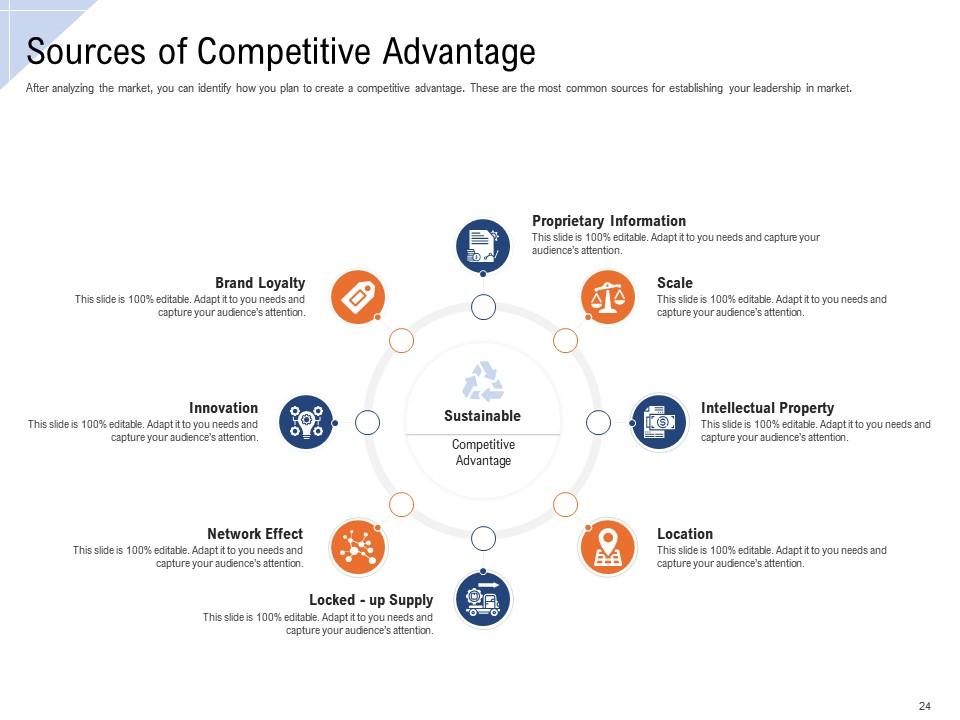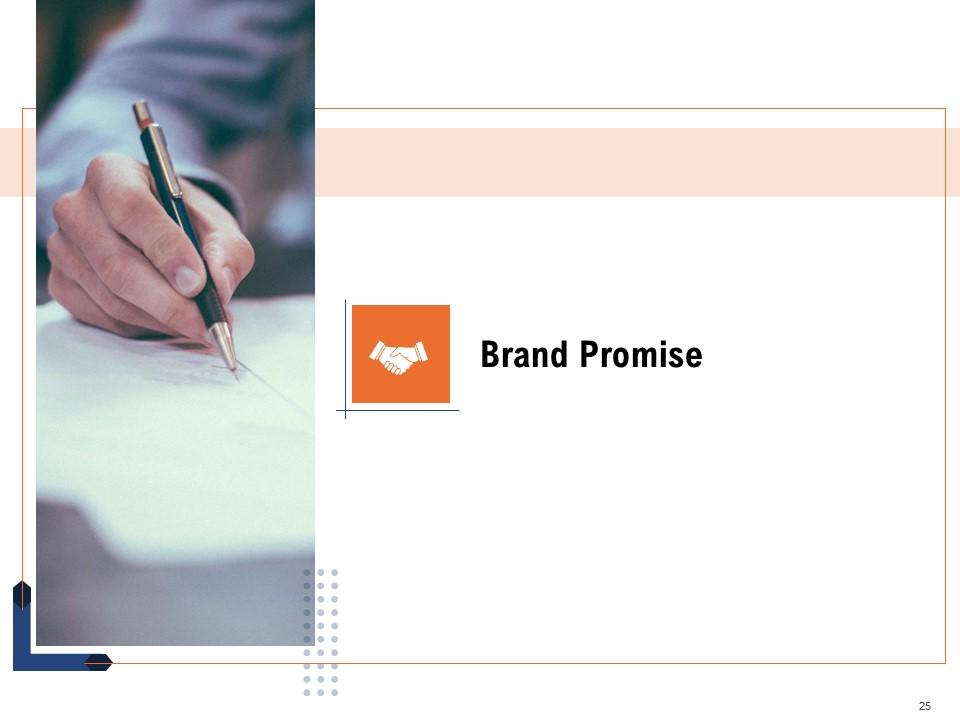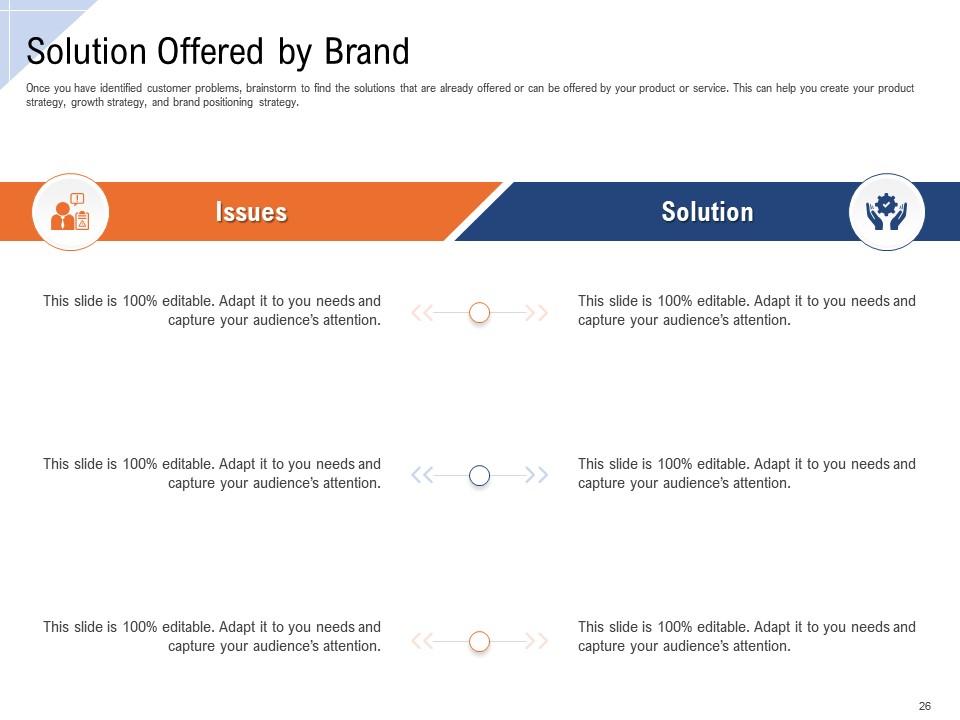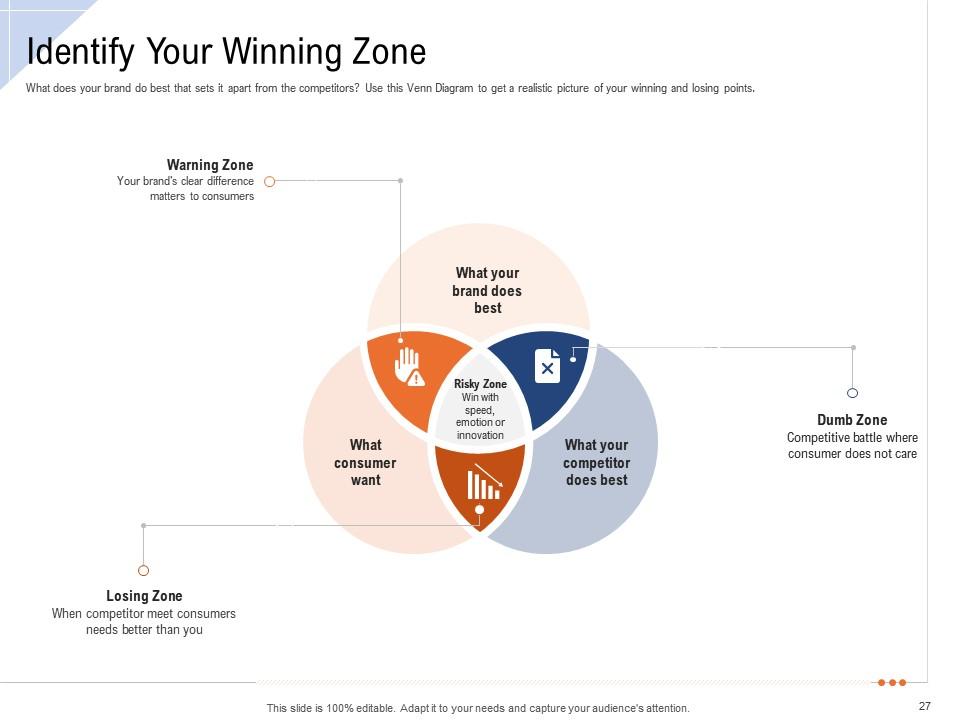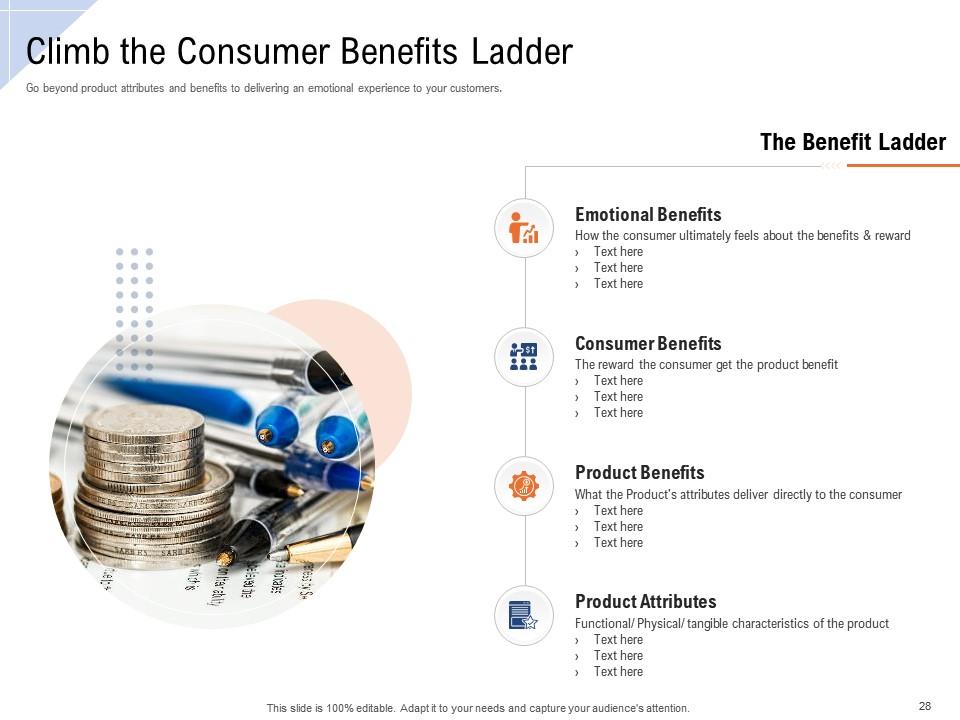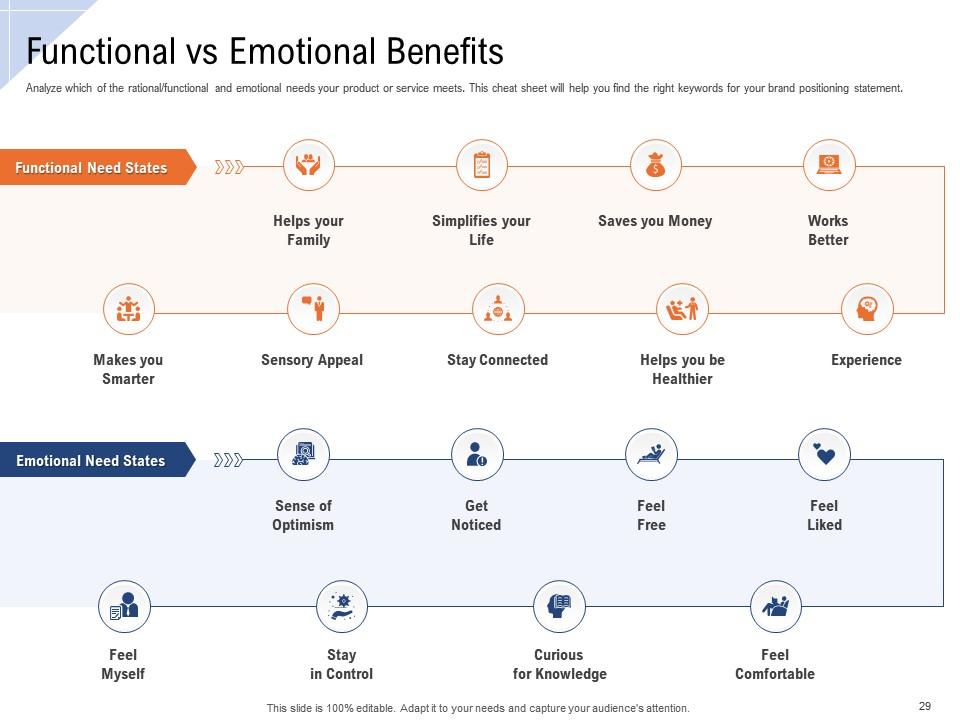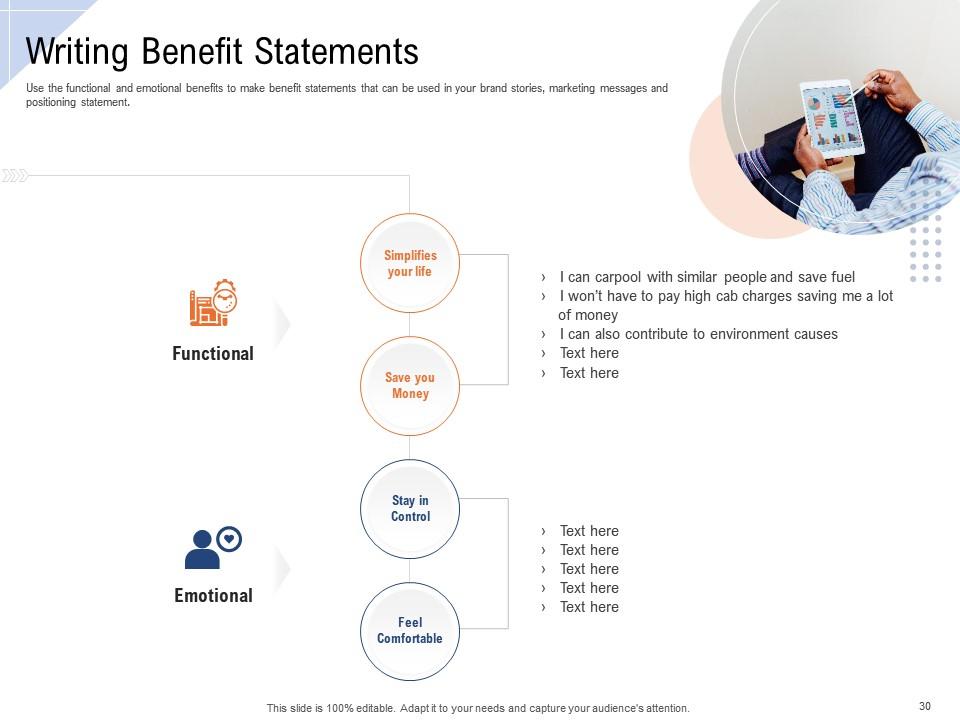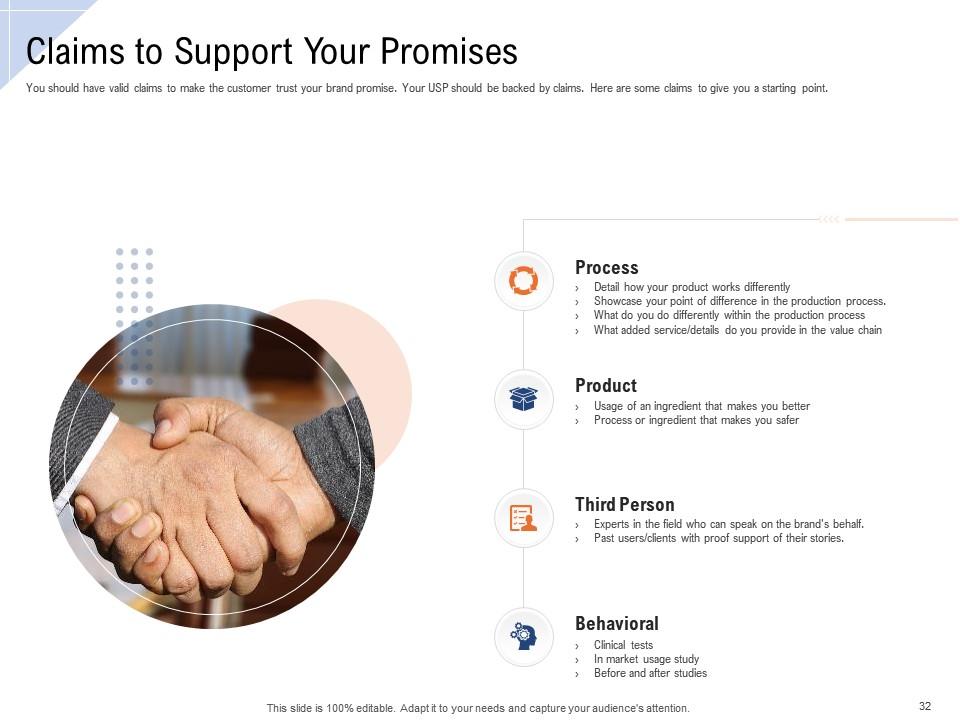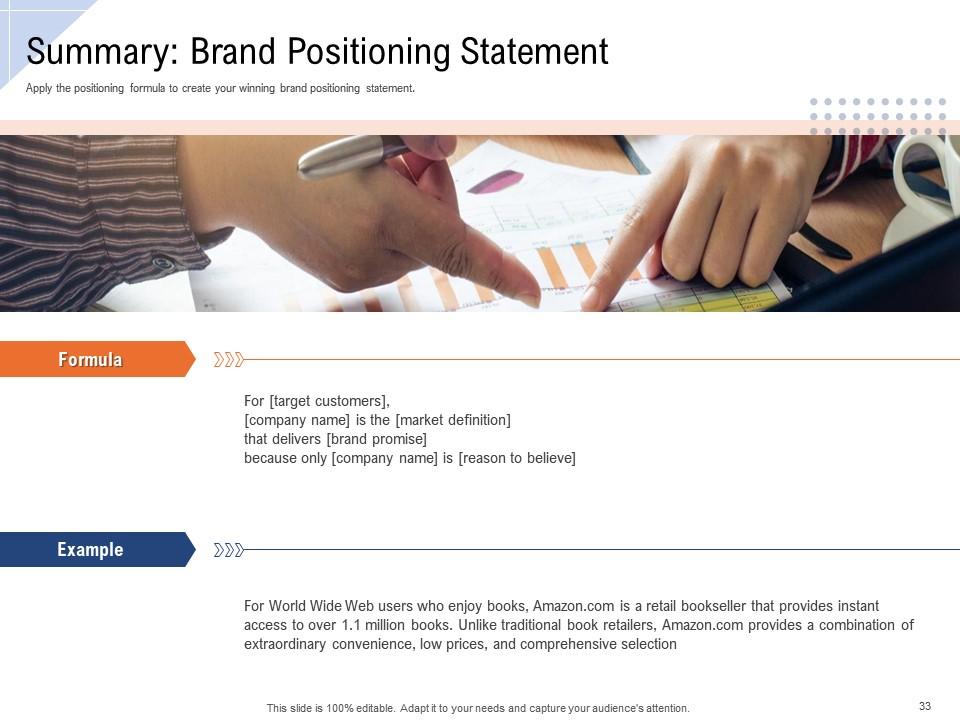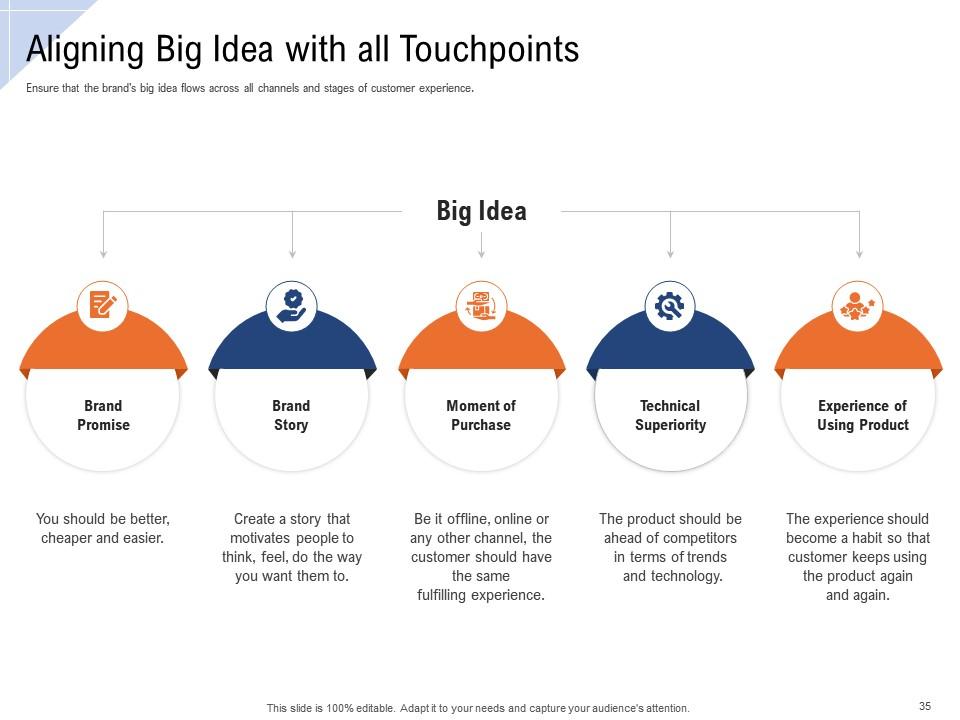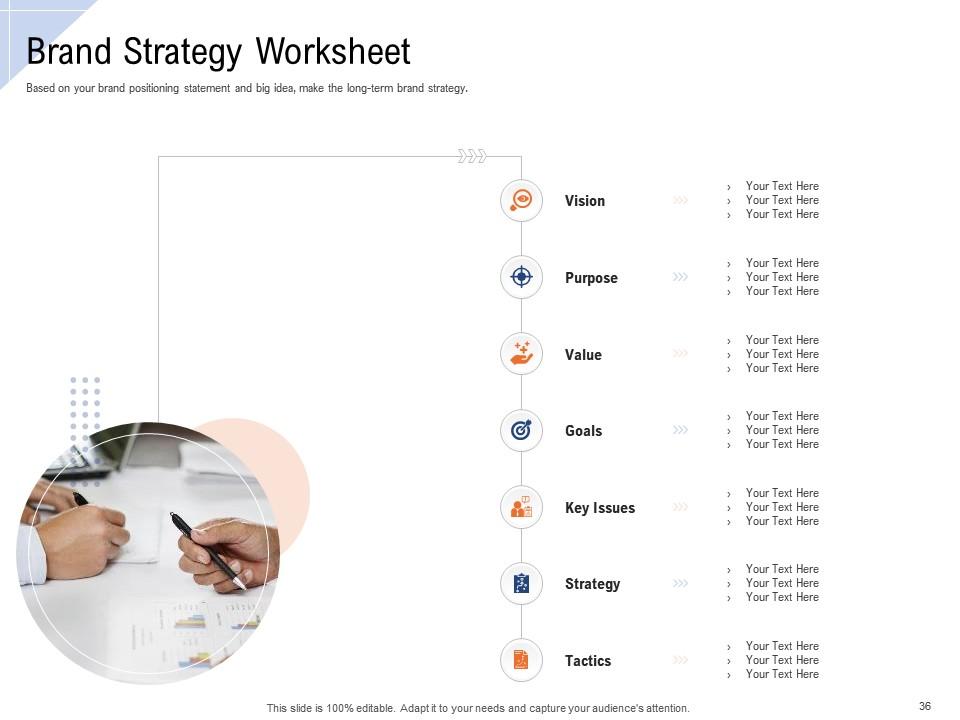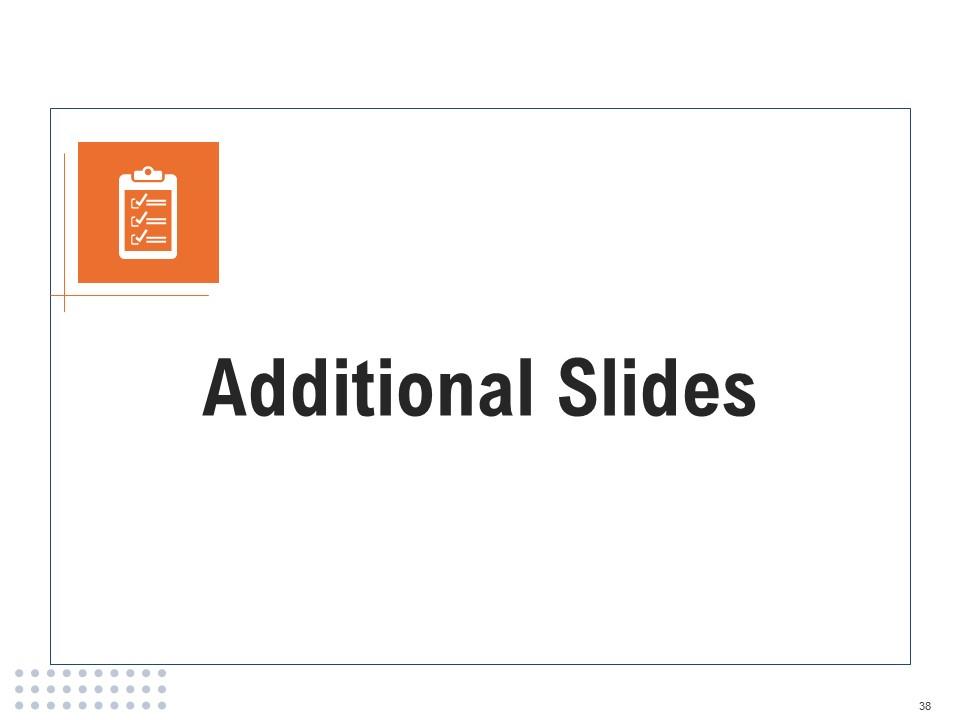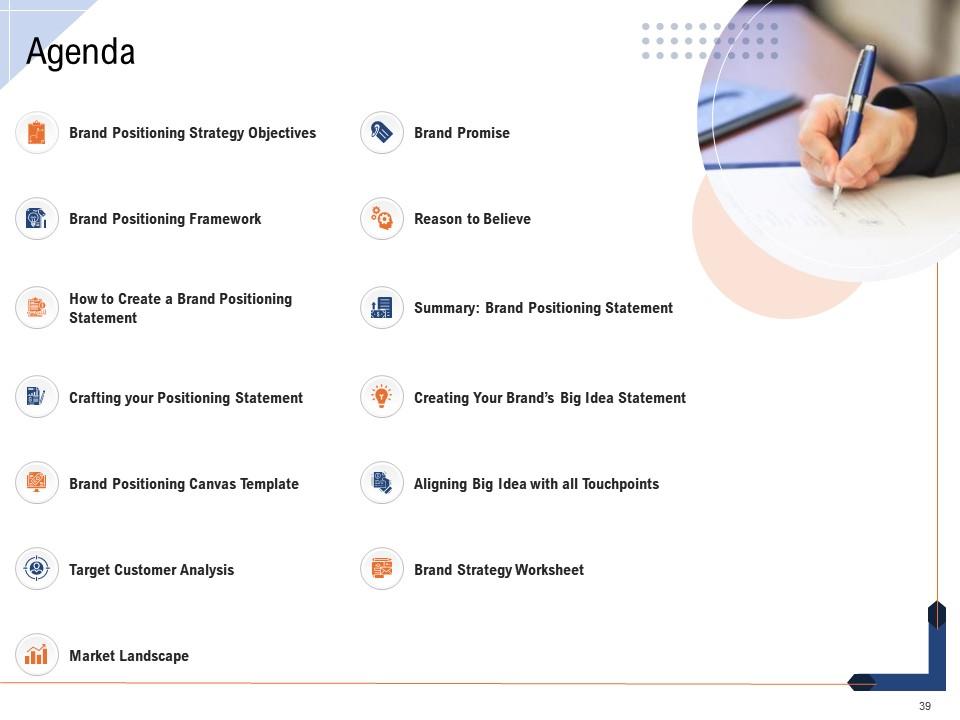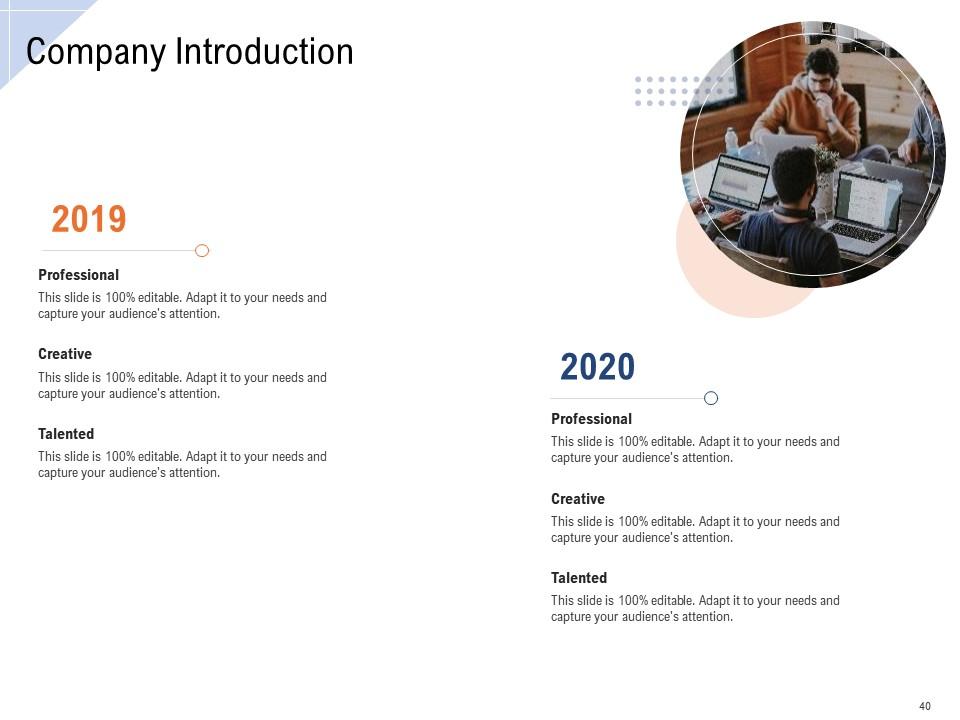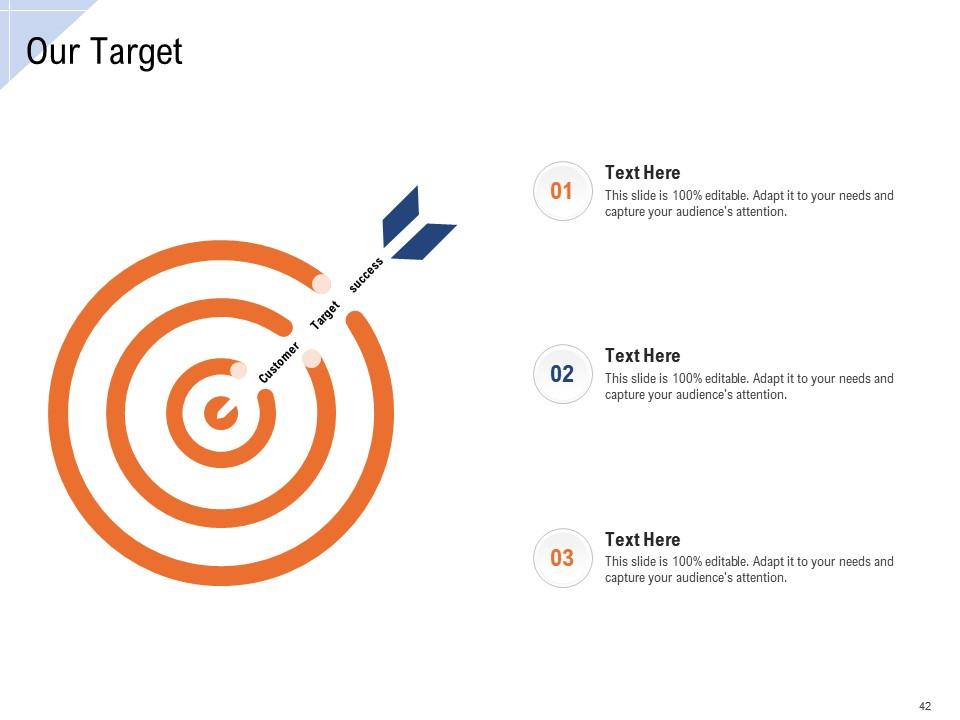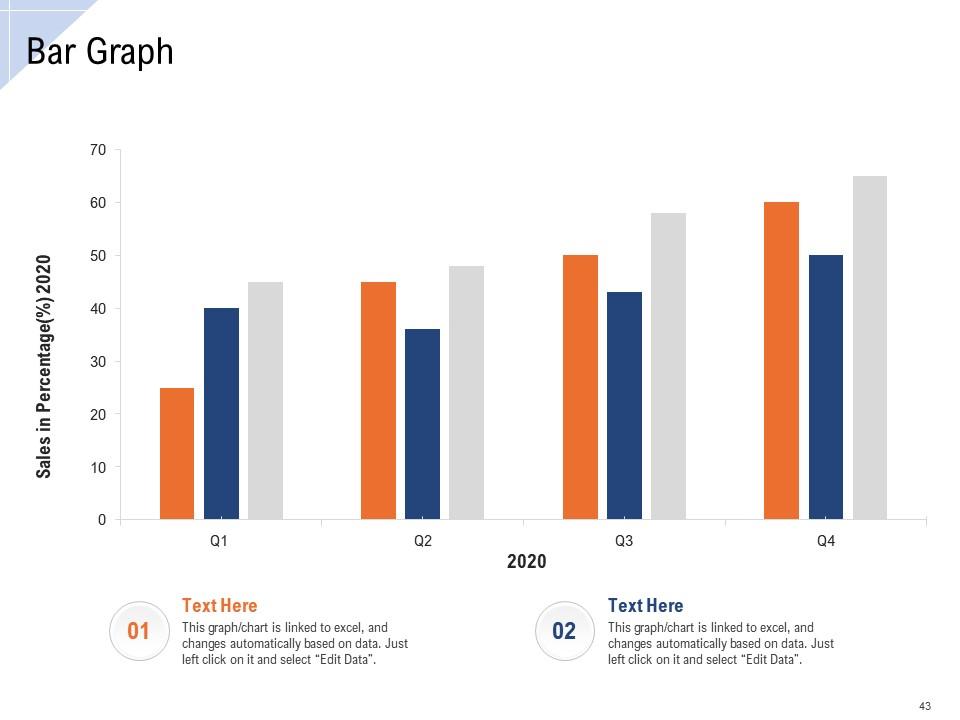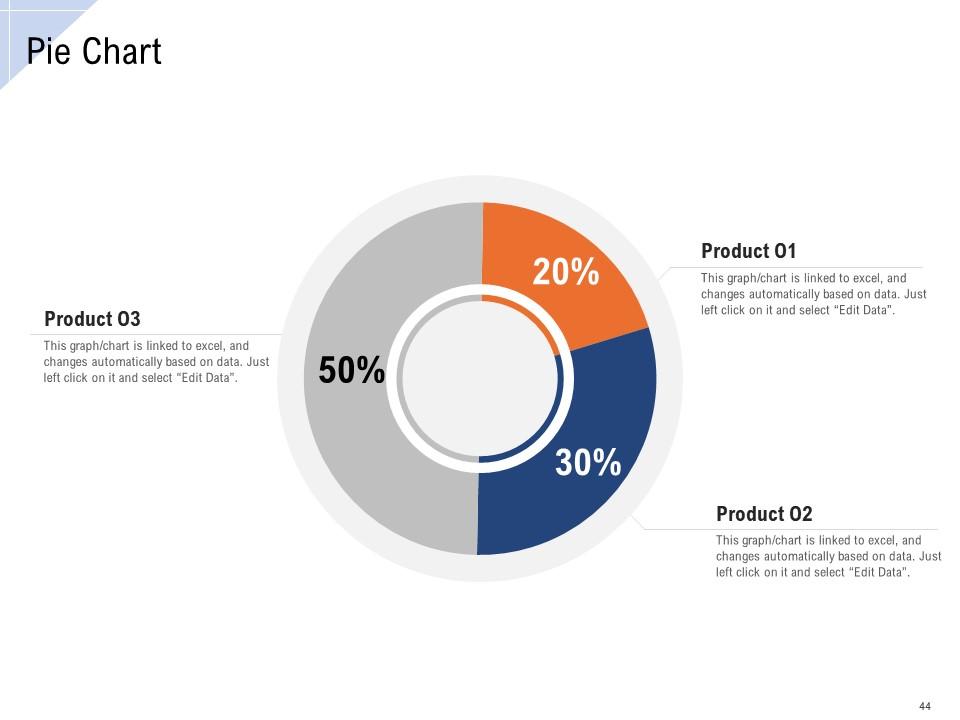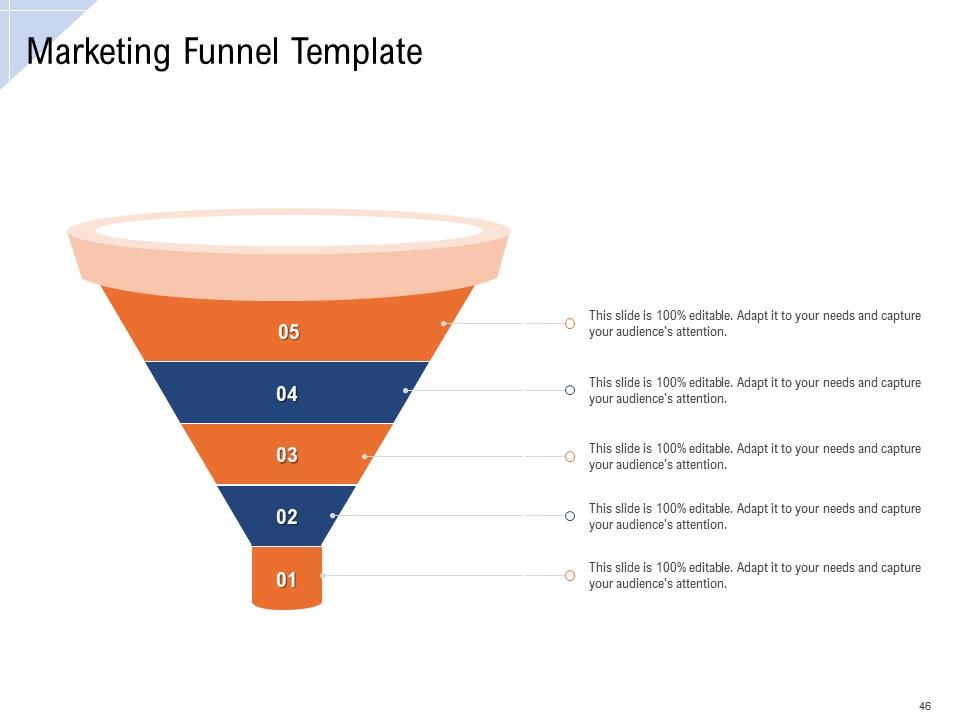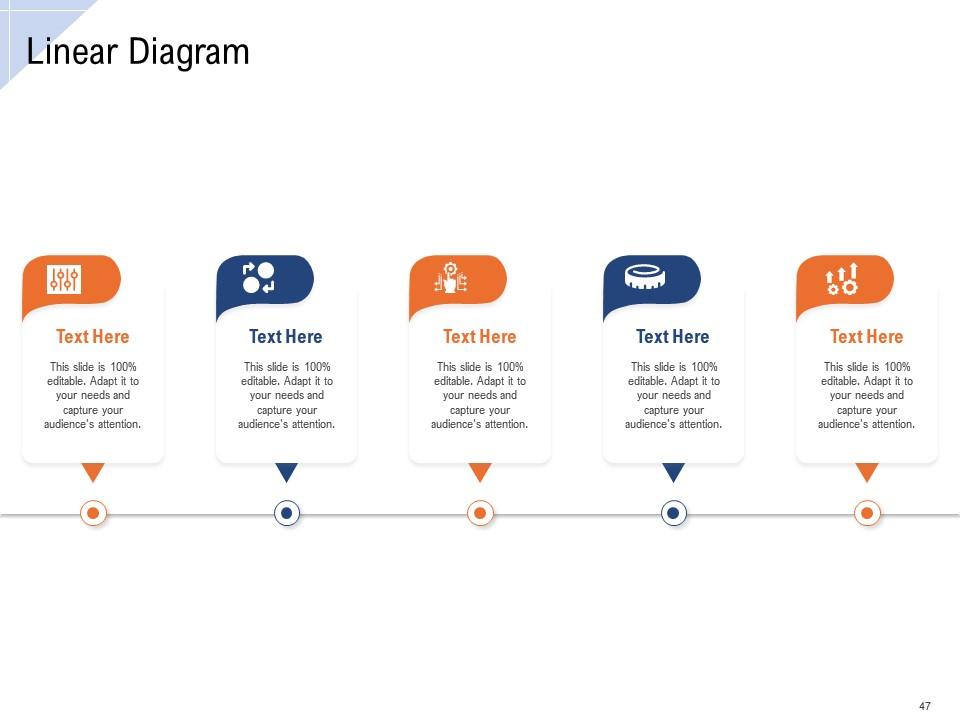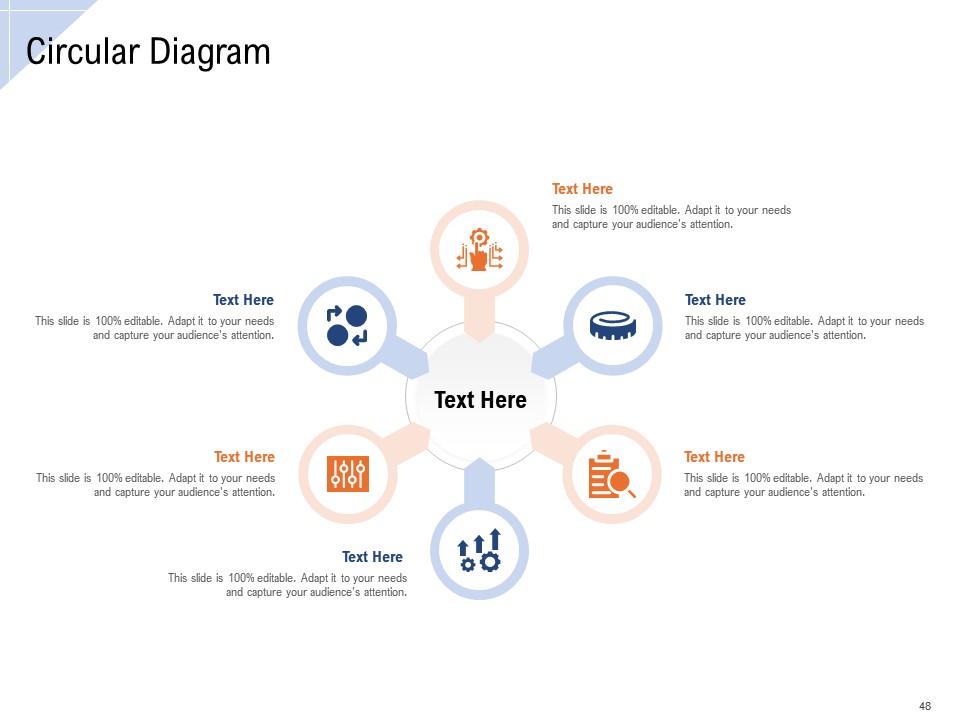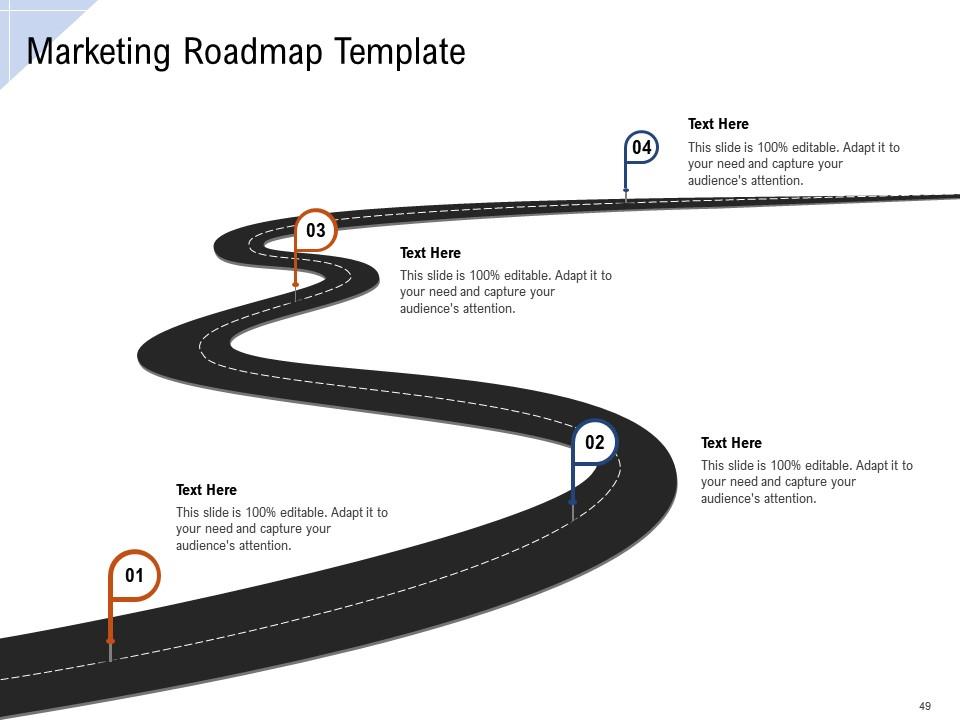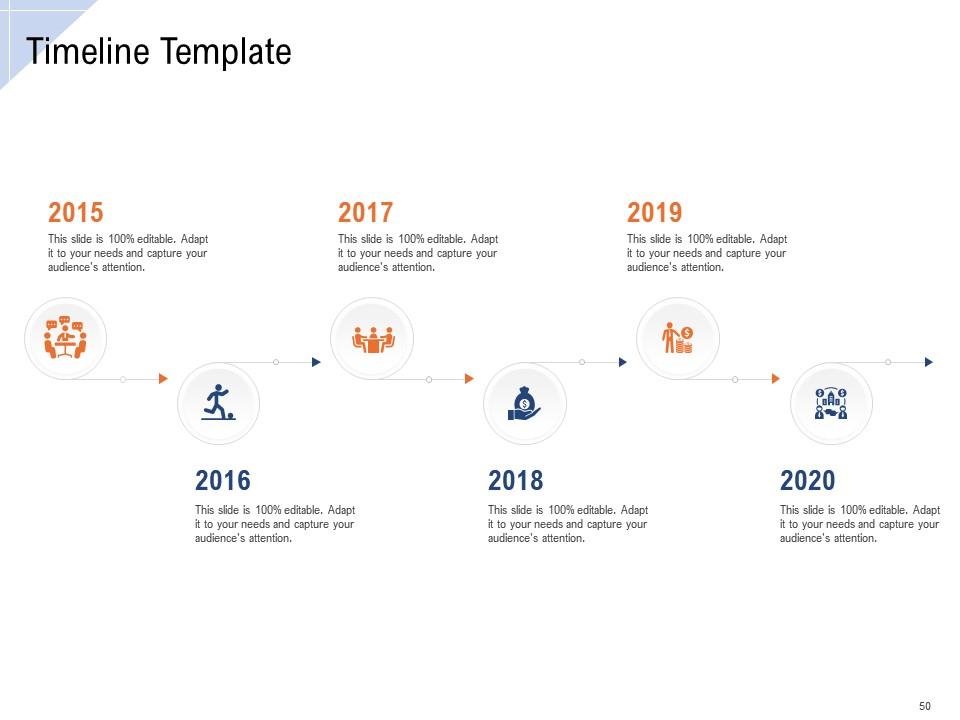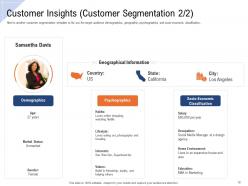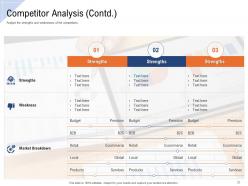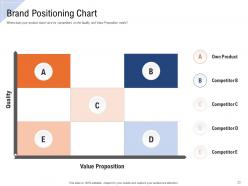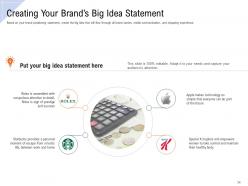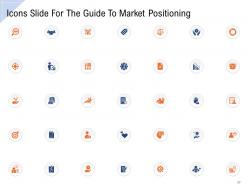The guide to market positioning powerpoint presentation slides
Create a brand positioning statement by using The Guide To Market Positioning PowerPoint Presentation Slides. Showcase brand positioning framework with the help of marketing mix PPT visuals. Outline all the fundamentals of marketing management with the use of this professionally structured positioning statement PPT layout. Our PowerPoint template designers have incorporated all the design elements necessary to demonstrate a successful marketing strategy. Elaborate on place, promotion, price, and product strategies using this Four Ps PPT slideshow. You can communicate the digital marketing mix plan through our PowerPoint diagram. This PPT presentation is versatile enough for elucidating various aspects related to marketing operations. Depict market landscape by analyzing market share using this PPT slide design. Showcase competitor analysis and its sources by using brand management PPT layouts. So, hit the download button now and consolidate a presentation that is easy-to-follow and informative.
Create a brand positioning statement by using The Guide To Market Positioning PowerPoint Presentation Slides. Showcase bra..
- Google Slides is a new FREE Presentation software from Google.
- All our content is 100% compatible with Google Slides.
- Just download our designs, and upload them to Google Slides and they will work automatically.
- Amaze your audience with SlideTeam and Google Slides.
-
Want Changes to This PPT Slide? Check out our Presentation Design Services
- WideScreen Aspect ratio is becoming a very popular format. When you download this product, the downloaded ZIP will contain this product in both standard and widescreen format.
-

- Some older products that we have may only be in standard format, but they can easily be converted to widescreen.
- To do this, please open the SlideTeam product in Powerpoint, and go to
- Design ( On the top bar) -> Page Setup -> and select "On-screen Show (16:9)” in the drop down for "Slides Sized for".
- The slide or theme will change to widescreen, and all graphics will adjust automatically. You can similarly convert our content to any other desired screen aspect ratio.
Compatible With Google Slides

Get This In WideScreen
You must be logged in to download this presentation.
PowerPoint presentation slides
Presenting The Guide To Market Positioning Powerpoint Presentation Slides. This presentation is easy to download and can be presented in standard screen(14:6) and widescreen (16:9) ratios. Edit the font style, font color, and other components. This PPT compatible with Google slides. This PPT can be transformed into numerous documents or image formats like PDF or JPEG. High-quality graphics ensure that the picture quality is maintained.
People who downloaded this PowerPoint presentation also viewed the following :
Content of this Powerpoint Presentation
Slide 1: This title slide introduces the Guide to Market Positioning. Add the name of your company here.
Slide 2: This slide contains the Table of Contents. It includes - Brand Positioning Strategy Objectives, Brand Positioning Framework, Market Landscape, Brand Promise, etc.
Slide 3: This slide presents the Brand Positioning Strategy Objectives. It’s important when you develop a brand positioning strategy to meet these three objectives - Relevance, Differentiation & Credible.
Slide 4: This slide presents the Brand Positioning Framework. The parameters below will help you decide how you wish to strategically position yourself in the minds of your customers.
Slide 5: This slide presents the How to Create a Brand Positioning Statement. There are four elements to creating the perfect positioning statement of your brand.
Slide 6: This slide presents the Crafting Your Positioning Statement for target customers.
Slide 7: This slide presents the Brand Positioning Canvas Template. Here is a one-page brand positioning canvas to give you a complete picture of your target audience, market, your USP, and your brand positioning statement.
Slide 8: This is a table of content slide showing the Target Customer Analysis.
Slide 9: This slide presents the Target Customer Profile. Understand the demographics, geographics of your target audience as well as their buying habits to get a better picture of your audience.
Slide 10: This slide presents the Customer Insights (Customer Segmentation 2/2). Here is another customer segmentation template to list out the target audience demographics, geographics, psychographics, and socio-economic classification.
Slide 11: This slide presents the Customer Category Based on Diffusion of Innovation. According to Roger’s Diffusion of Innovation theory, there are 5 types of customers-innovators, early adopters, early majority, late majority, & late adopters. Identify which category your customers belong to in order to strategize accordingly.
Slide 12: This slide presents the Target Customer Description. Research your audience to understand their needs, thinking, and how you want them to think, feel and do.
Slide 13: This slide presents the User Persona (1/2). Go beyond demographics and psychographics to develop a detailed persona of the target customer to know their pain points and motivations.
Slide 14: This slide presents the User Persona (2/2). Marketing professionals can use customer personas to create hyper-targeted messaging and understand the common characteristics that unite their audience.
Slide 15: This slide presents the User Persona Comparison. When you have multiple customer categories, it is better to segment them and know their requirements and goals to create the right positioning strategy.
Slide 16: This slide presents the Problems Faced by the Customer (1/2). It can be addressed by your product or service and highlighted in your brand positioning statement.
Slide 17: This slide presents the Problems Faced by the Customer (2/2). The pain points of the customer can be grouped under the following four categories – Financial, Process, Productivity & Support.
Slide 18: This is a table of content slide showing the Market Landscape.
Slide 19: This slide presents the Market Share Analysis. Do market research to identify the existing players in the market and their market share.
Slide 20: This slide presents the Competitor Analysis. Also, do a comparative analysis of the competitors to get a better understanding of their structure and offers.
Slide 21: This slide presents the Competitor Analysis (Continued from the previous slide). Analyze the strengths and weaknesses of the competitors.
Slide 22: This slide presents the Competitor Analysis - Option 2. Use this template to make a detailed comparison of your competitors.
Slide 23: This slide presents the Brand Positioning Chart. Where does your product stand via a-vis competitors on the Quality and Value Proposition matrix?
Slide 24: This slide presents the Sources of Competitive Advantage. After analyzing the market, you can identify how you plan to create a competitive advantage.
Slide 25: This is a table of content slide showing the Brand Promise.
Slide 26: This slide presents the Solution Offered by Brand. Once you have identified customer problems, brainstorm to find the solutions that are already offered or can be offered by your product or service.
Slide 27: This slide presents the Identify Your Winning Zone. What does your brand do best that sets it apart from the competitors? Use this Venn Diagram to get a realistic picture of your winning and losing points.
Slide 28: This slide presents the Climb the Consumer Benefits Ladder. Go beyond product attributes and benefits to delivering an emotional experience to your customers.
Slide 29: This slide presents the Functional vs Emotional Benefits. Analyze which of the rational/functional and emotional needs your product or service meets.
Slide 30: This slide presents the Writing Benefit Statements. Use the functional and emotional benefits to make benefit statements that can be used in your brand stories, marketing messages, and positioning statement.
Slide 31: This is a table of content slide showing the Reason to Believe.
Slide 32: This slide presents the Claims to Support Your Promises. You should have valid claims to make the customer trust your brand promise.
Slide 33: This slide presents the Summary: Brand Positioning Statement. Apply the positioning formula to create your winning brand positioning statement.
Slide 34: This slide presents the Creating Your Brand’s Big Idea Statement. Based on your brand positioning statement, create the big idea that will flow through all brand stories, media communication, and shopping experience.
Slide 35: This slide presents the Aligning Big Idea with all Touchpoints. Ensure that the brand’s big idea flows across all channels and stages of customer experience.
Slide 36: This slide presents the Brand Strategy Worksheet. Based on your brand positioning statement and a big idea, make the long-term brand strategy.
Slide 37: This is the Icons Slide For The Guide To Market Positioning.
Slide 38: This slide introduces the Additional Slides.
Slide 39: This is the Agenda slide. It includes - Brand Promise, Summary: Brand Positioning Statement, Creating Your Brand’s Big Idea Statement, Reason to Believe, etc.
Slide 40: This slide presents the Company Introduction.
Slide 41: This slide presents the Vision, Mission, and Values of the company.
Slide 42: This slide presents the overall Target of the company as well as smaller targets within that main Target.
Slide 43: This slide shows a Bar Graph that compares 2 products’ sales over a timeline of financial quarters.
Slide 44: This is the Pie Chart slide.
Slide 45: This is the Marketing Dashboard Template with the data’s numbers at Low, Medium, and High.
Slide 46: This is the Marketing Funnel Template.
Slide 47: This is the Linear Diagram slide.
Slide 48: This is the Circular Diagram slide.
Slide 49: This slide is a Marketing Roadmap Template to showcase the stages of a project, for example.
Slide 50: This slide is a Timeline template to showcase the progress of the steps of a project with time.
Slide 51: This is a Thank You slide where details such as the address, contact number, email address are added.
The guide to market positioning powerpoint presentation slides with all 51 slides:
Use our The Guide To Market Positioning Powerpoint Presentation Slides to effectively help you save your valuable time. They are readymade to fit into any presentation structure.
-
Best way of representation of the topic.
-
Excellent template with unique design.
-
Best way of representation of the topic.
-
Very unique, user-friendly presentation interface.
-
Appreciate the research and its presentable format.
-
Easily Understandable slides.
-
Best way of representation of the topic.
-
Excellent template with unique design.



